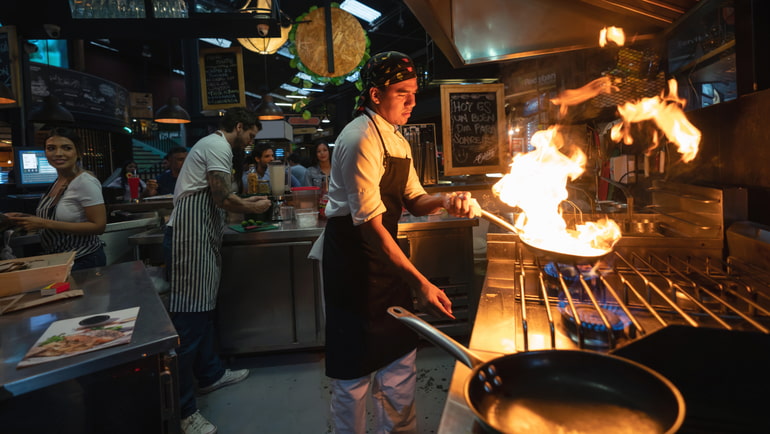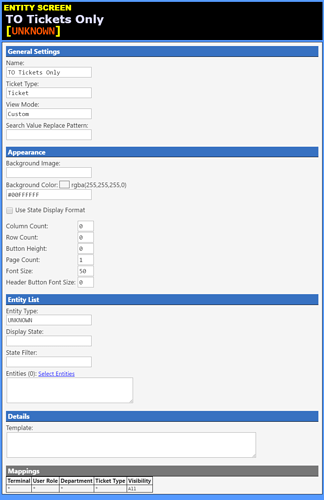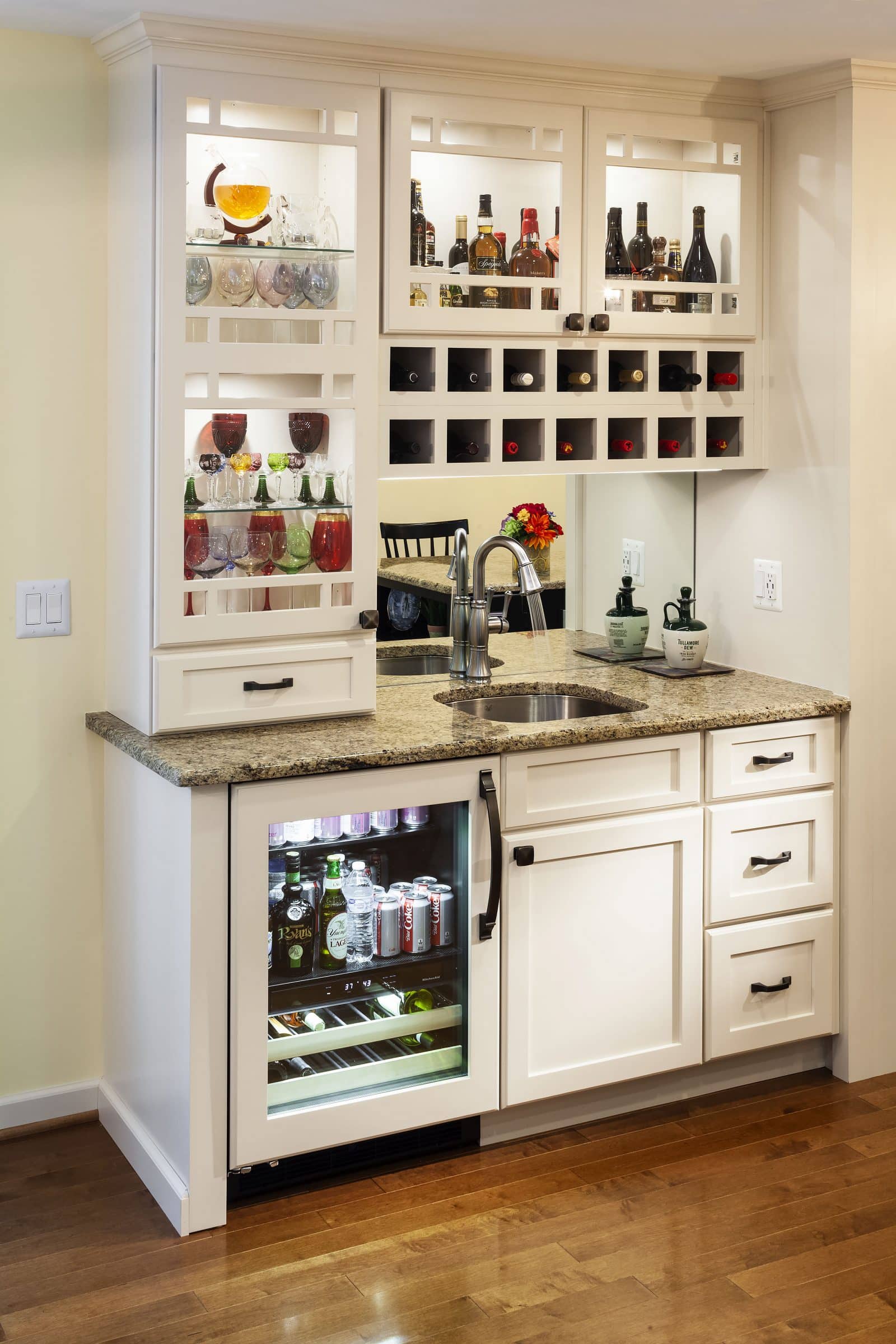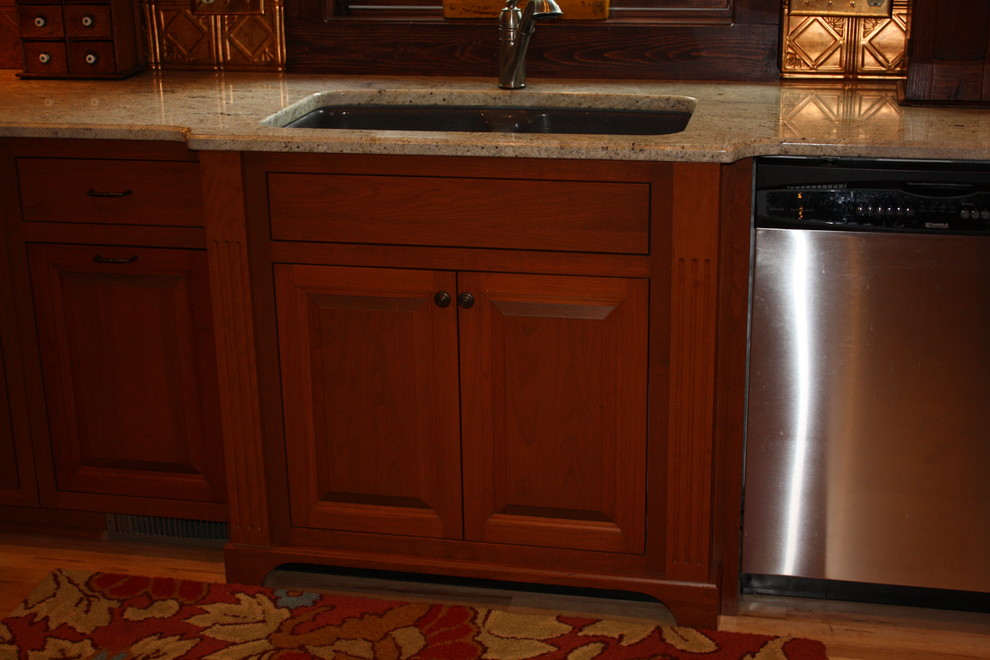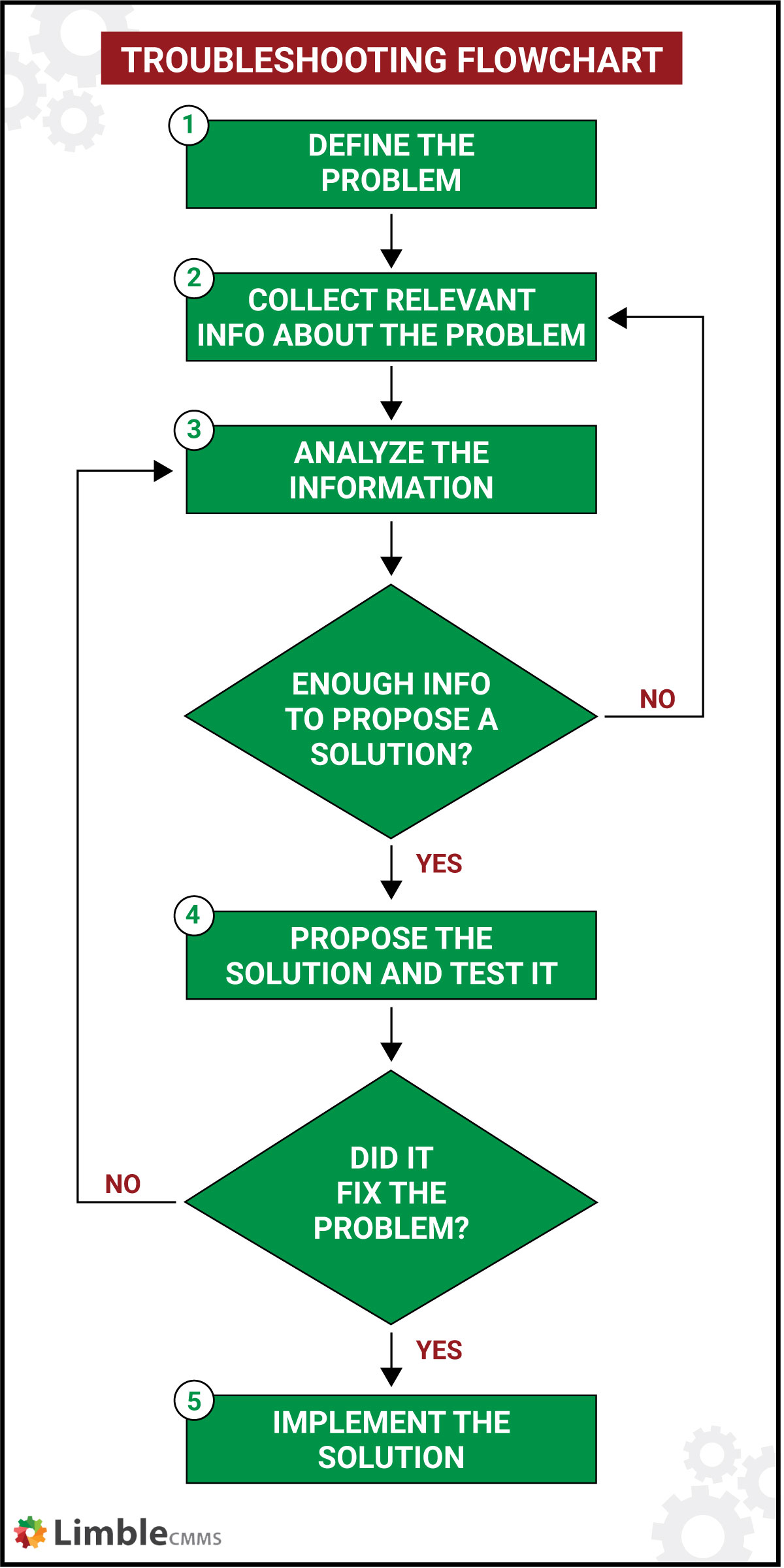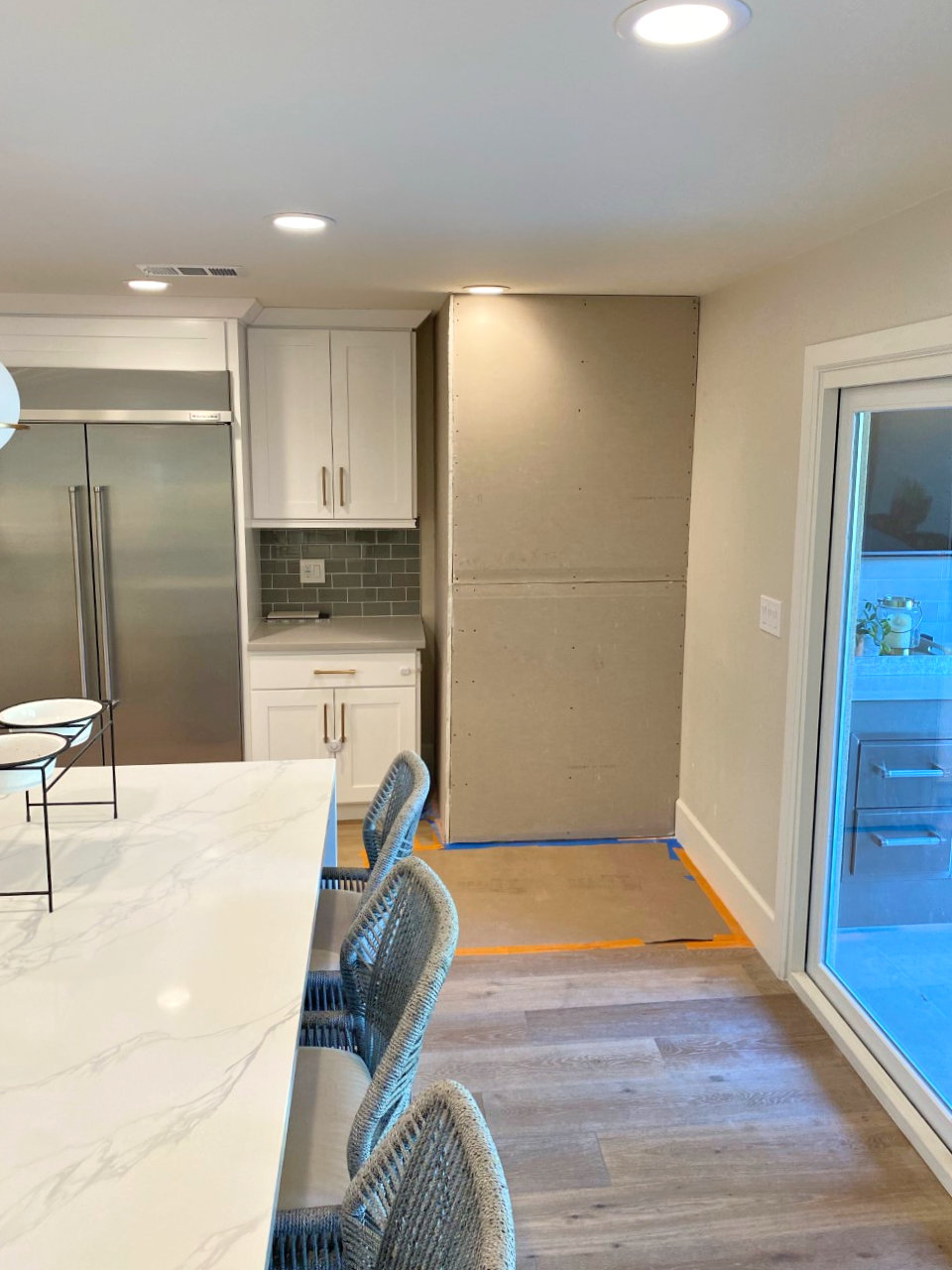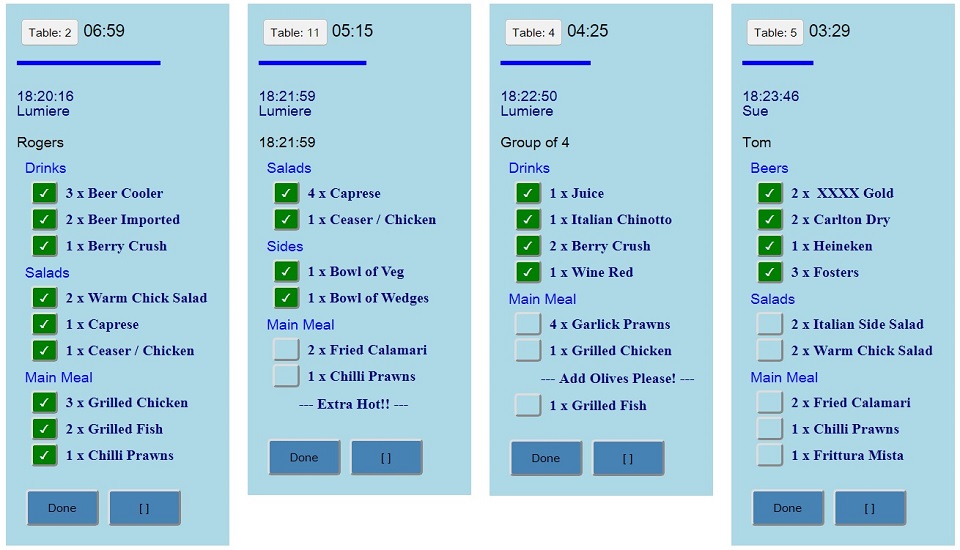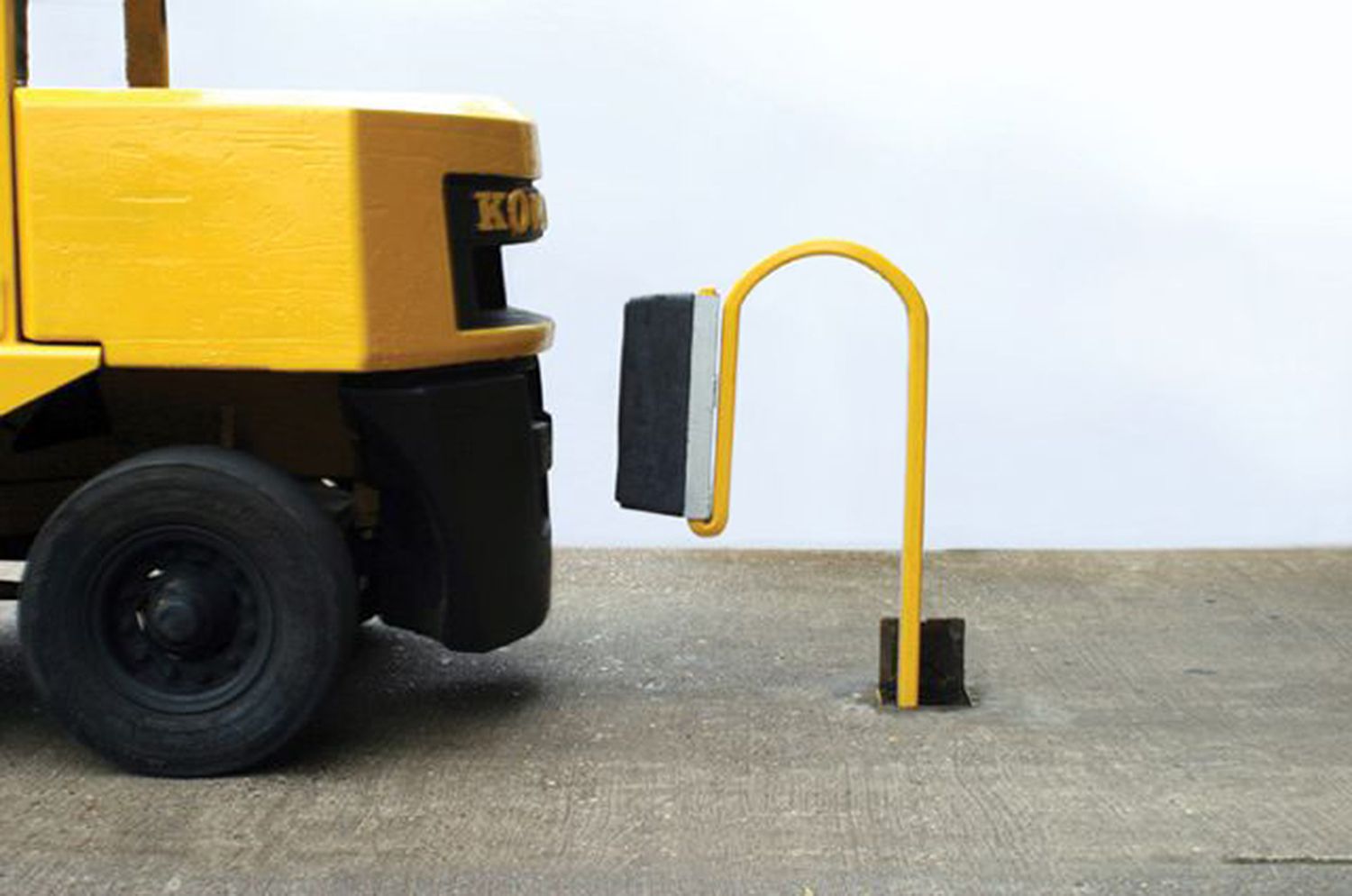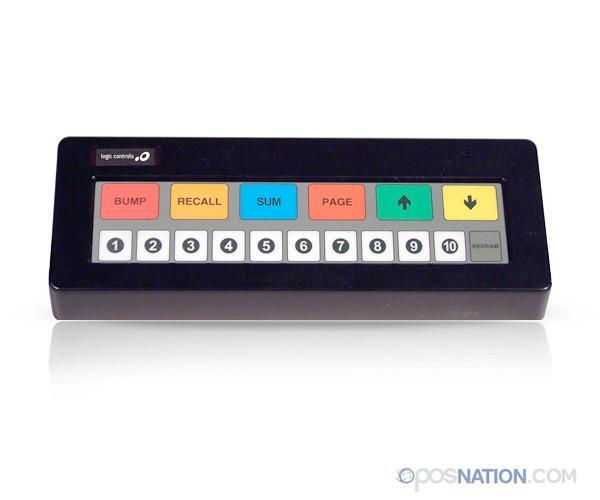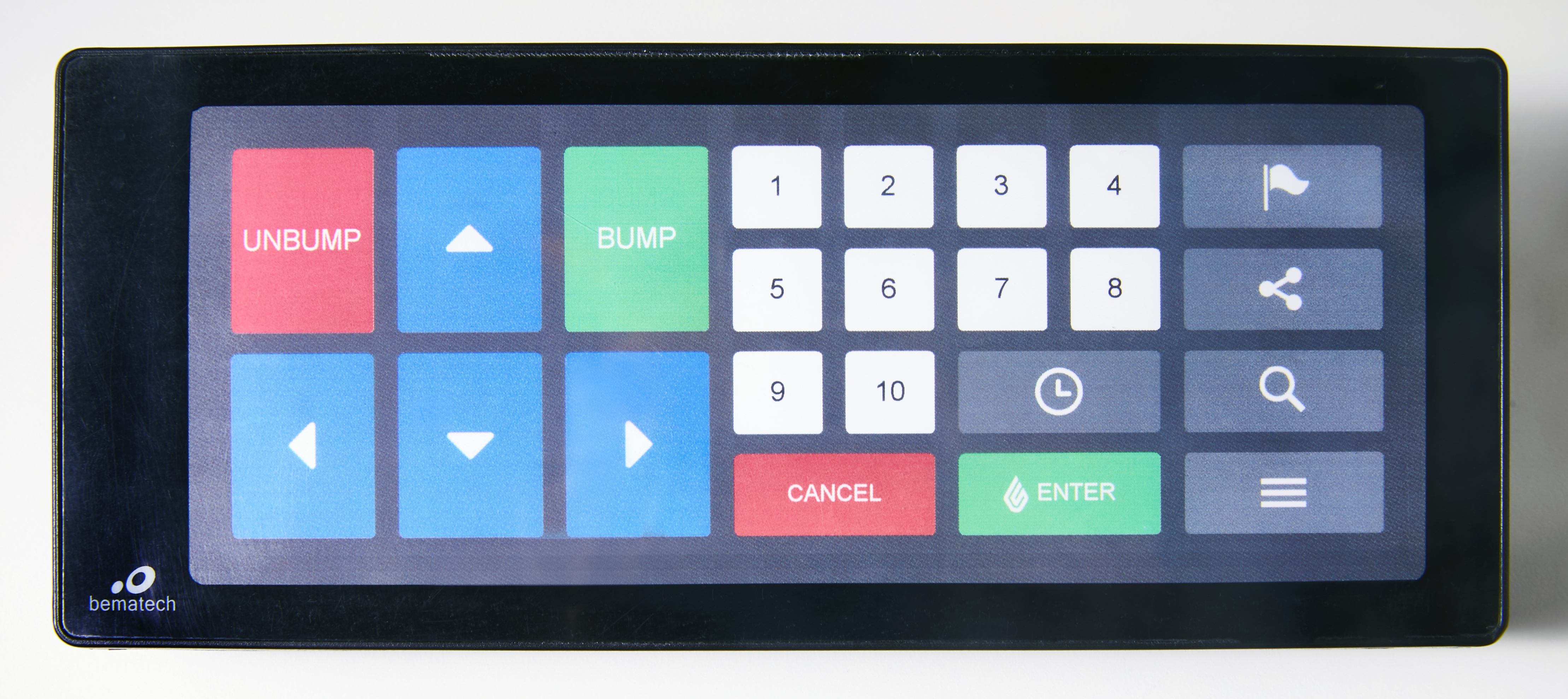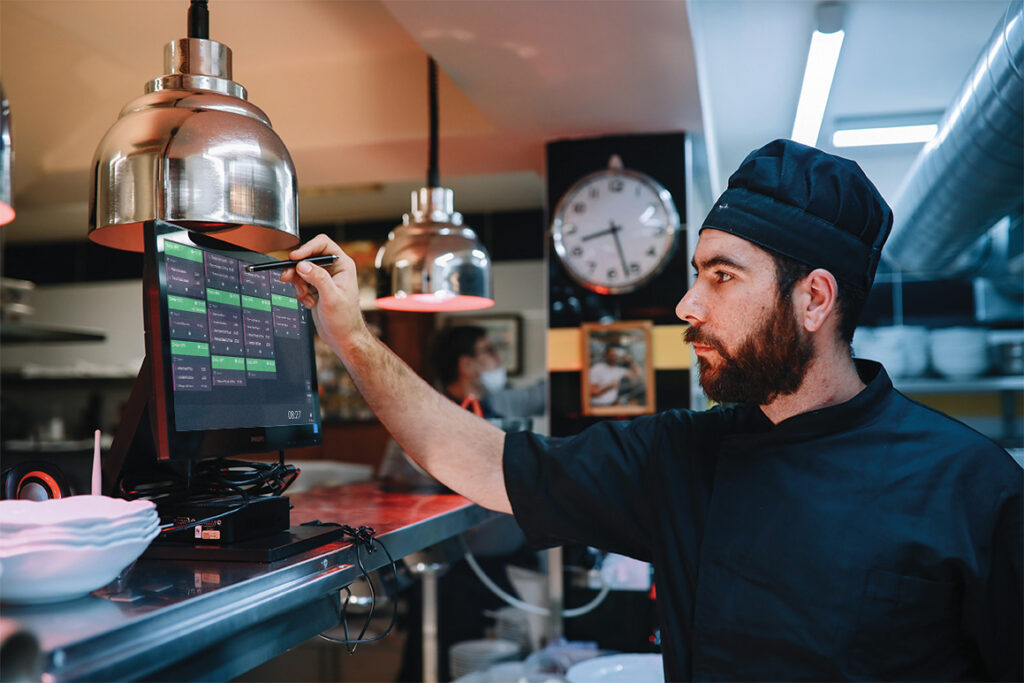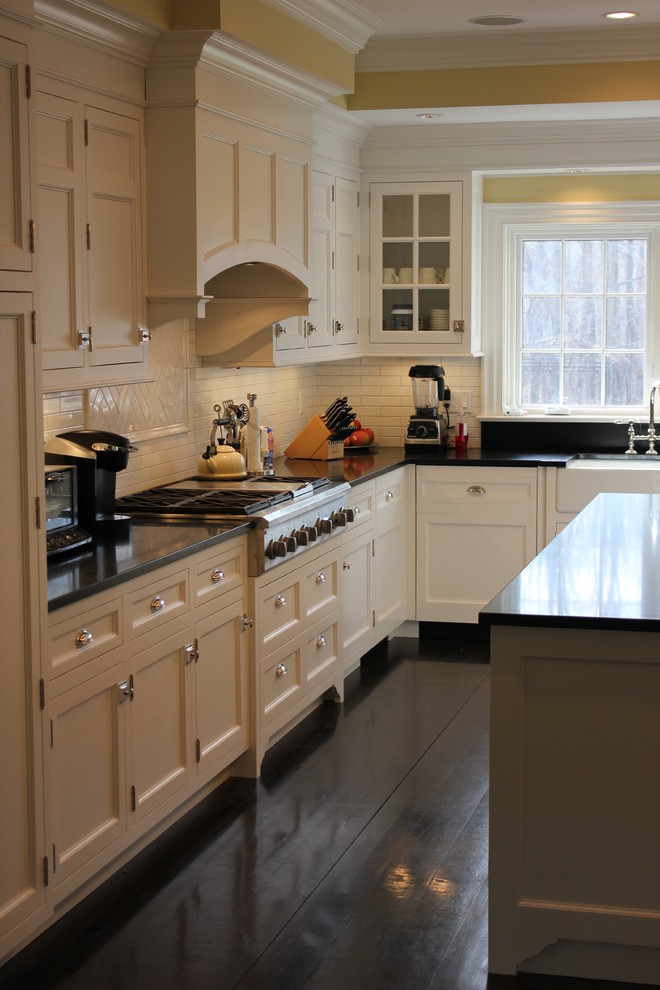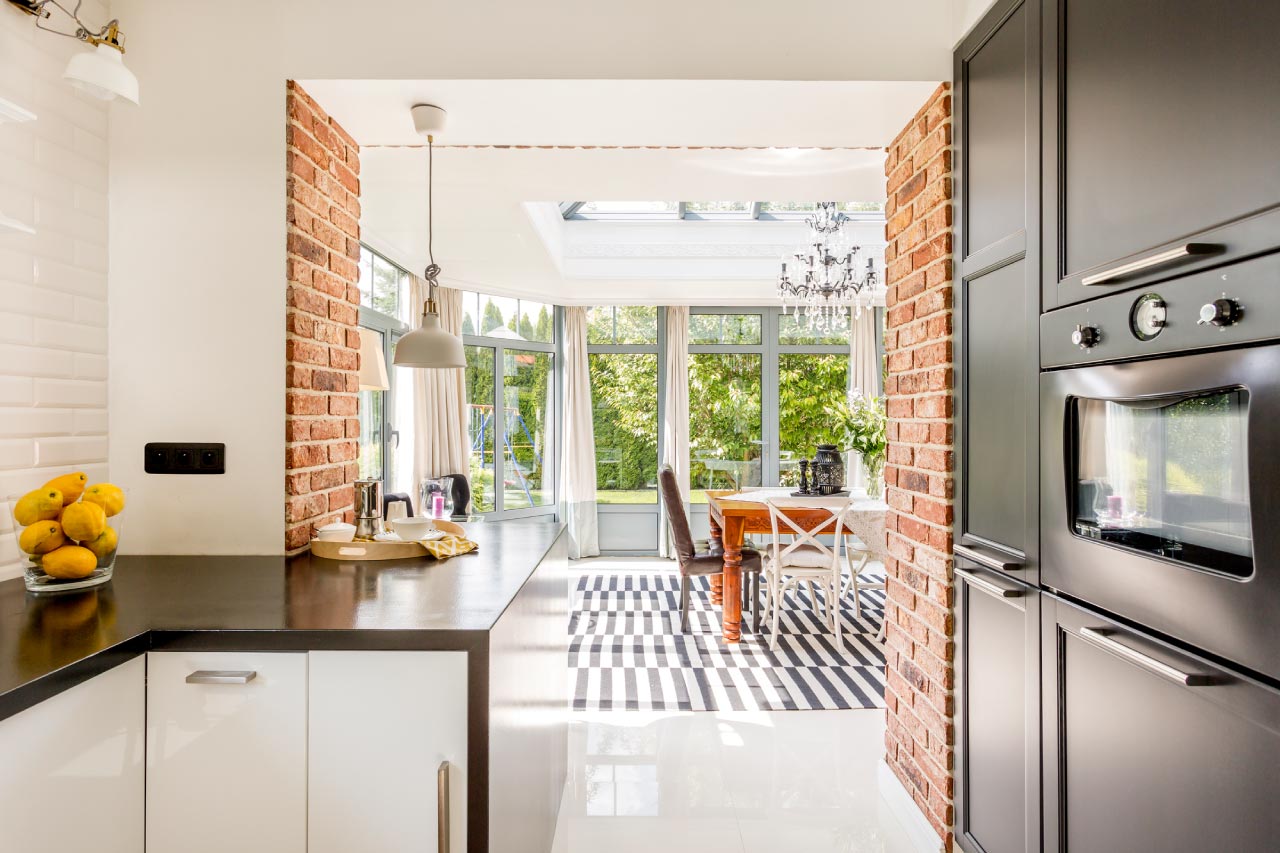A kitchen bump bar, also known as an order bump bar or a kitchen display system (KDS), is a piece of restaurant equipment used to streamline the ordering process in a commercial kitchen. It is typically a flat panel display that is mounted above a kitchen workstation, where orders are sent and displayed for kitchen staff to view and prepare. This technology has become increasingly popular in restaurants, as it eliminates the need for paper tickets and makes the kitchen workflow more efficient. Let's take a closer look at what a kitchen bump bar is and how it can benefit your restaurant.What is a Kitchen Bump Bar?
Using a kitchen bump bar is simple and intuitive. When an order is placed at the front of the house, it is sent to the kitchen bump bar where it is displayed for the kitchen staff to see. The orders are organized by time and can be easily scrolled through, ensuring that the oldest orders are prepared first. Once an order is completed, it can be bumped from the system to indicate that it has been prepared and is ready to be served. This allows for better communication between the front and back of house, reducing the risk of mistakes or delays in food preparation.How to Use a Kitchen Bump Bar
There are numerous benefits to using a kitchen bump bar in your restaurant. One of the main advantages is the improved efficiency and accuracy in the ordering process. With traditional paper tickets, there is a higher risk of human error, whether it's misreading an order or losing a ticket. Additionally, a kitchen bump bar allows for real-time communication between the front and back of house. This means that if there are any changes or modifications to an order, they can be easily communicated and seen by the kitchen staff. This reduces the risk of mistakes and ensures that customers receive their desired meals.Benefits of Using a Kitchen Bump Bar
When it comes to purchasing a kitchen bump bar, there are several top brands to consider. Some popular options include Toast, TouchBistro, and Upserve. These brands offer a variety of features and customizable options to suit the specific needs of your restaurant. It's important to do research and read reviews to determine which brand and model will work best for your establishment. You may also want to consider reaching out to other restaurant owners for recommendations and insights into their experiences with different bump bar brands.Top Kitchen Bump Bar Brands
When shopping for a kitchen bump bar, there are certain features you should look for to ensure you are getting the most out of your investment. One important feature is the ability to integrate with your restaurant's POS system. This will allow for seamless communication between the front and back of house. You may also want to consider the size and placement of the bump bar in your kitchen. It should be easily visible and accessible for kitchen staff to view and use. Other features to look for include customization options, durability, and ease of use.Features to Look for in a Kitchen Bump Bar
The installation process for a kitchen bump bar will vary depending on the brand and model you have chosen. Some may require professional installation, while others may be easy enough for restaurant staff to install themselves. It's important to carefully follow the manufacturer's instructions to ensure proper installation and functionality of your bump bar. You may also want to consider consulting with a professional if you are unsure about the installation process.Installing a Kitchen Bump Bar
As with any technology, there may be some common issues that can arise with a kitchen bump bar. These can include connectivity issues, software glitches, and hardware malfunctions. To troubleshoot these issues, it's important to first check the manufacturer's instructions and support resources. You may also want to consult with a professional or reach out to the manufacturer's customer service for assistance.Troubleshooting Common Issues with Kitchen Bump Bars
The use of a kitchen bump bar can greatly improve the efficiency of your restaurant. By streamlining the ordering process and improving communication between the front and back of house, orders can be prepared and served more quickly and accurately. This can lead to increased customer satisfaction and repeat business. Additionally, with a more efficient kitchen workflow, you may also be able to serve more customers in a shorter amount of time, increasing your restaurant's profitability.How a Kitchen Bump Bar Can Improve Restaurant Efficiency
While a kitchen bump bar may be the most popular and effective option for streamlining the ordering process in a commercial kitchen, there are alternatives available. Some restaurants may choose to use a traditional paper ticket system or a kitchen printer. However, these alternatives may not offer the same level of efficiency and accuracy as a kitchen bump bar. It's important to weigh the pros and cons and consider the specific needs of your restaurant before deciding on an alternative to a bump bar.Alternatives to Kitchen Bump Bars
The cost of a kitchen bump bar will vary depending on the brand, model, and features you choose. On average, a basic bump bar system can cost anywhere from $500 to $1000, while more advanced systems can cost upwards of $3000. It's important to consider the long-term benefits and potential cost savings of using a bump bar in your restaurant. You may also want to compare pricing and features from different brands to determine which option offers the best value for your business.Cost of a Kitchen Bump Bar
Understanding the Functionality of a Kitchen Bump Bar

Streamlining Efficiency in the Kitchen
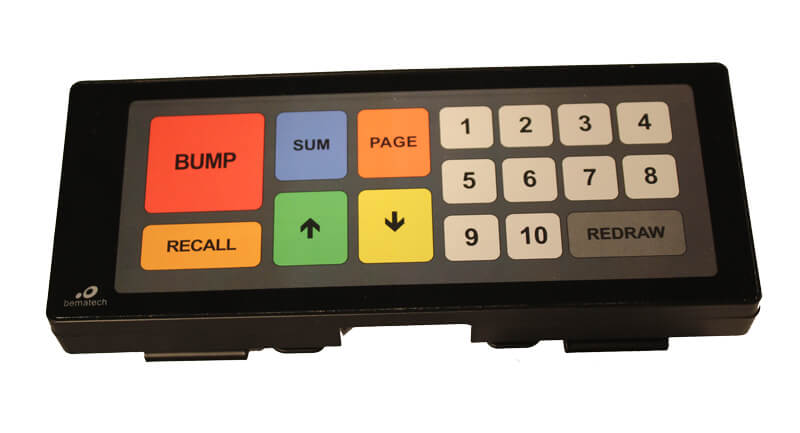 When it comes to designing a functional and efficient kitchen, one element that often goes overlooked is the
kitchen bump bar
. This simple yet essential feature serves as a hub for communication and organization in a bustling kitchen.
Kitchen bump bars
are typically installed near the cooking and prep areas, allowing for seamless communication between the kitchen staff and servers. But what exactly is a kitchen bump bar and how does it contribute to a well-designed kitchen? Let's dive in and find out.
When it comes to designing a functional and efficient kitchen, one element that often goes overlooked is the
kitchen bump bar
. This simple yet essential feature serves as a hub for communication and organization in a bustling kitchen.
Kitchen bump bars
are typically installed near the cooking and prep areas, allowing for seamless communication between the kitchen staff and servers. But what exactly is a kitchen bump bar and how does it contribute to a well-designed kitchen? Let's dive in and find out.
The Basics of a Kitchen Bump Bar
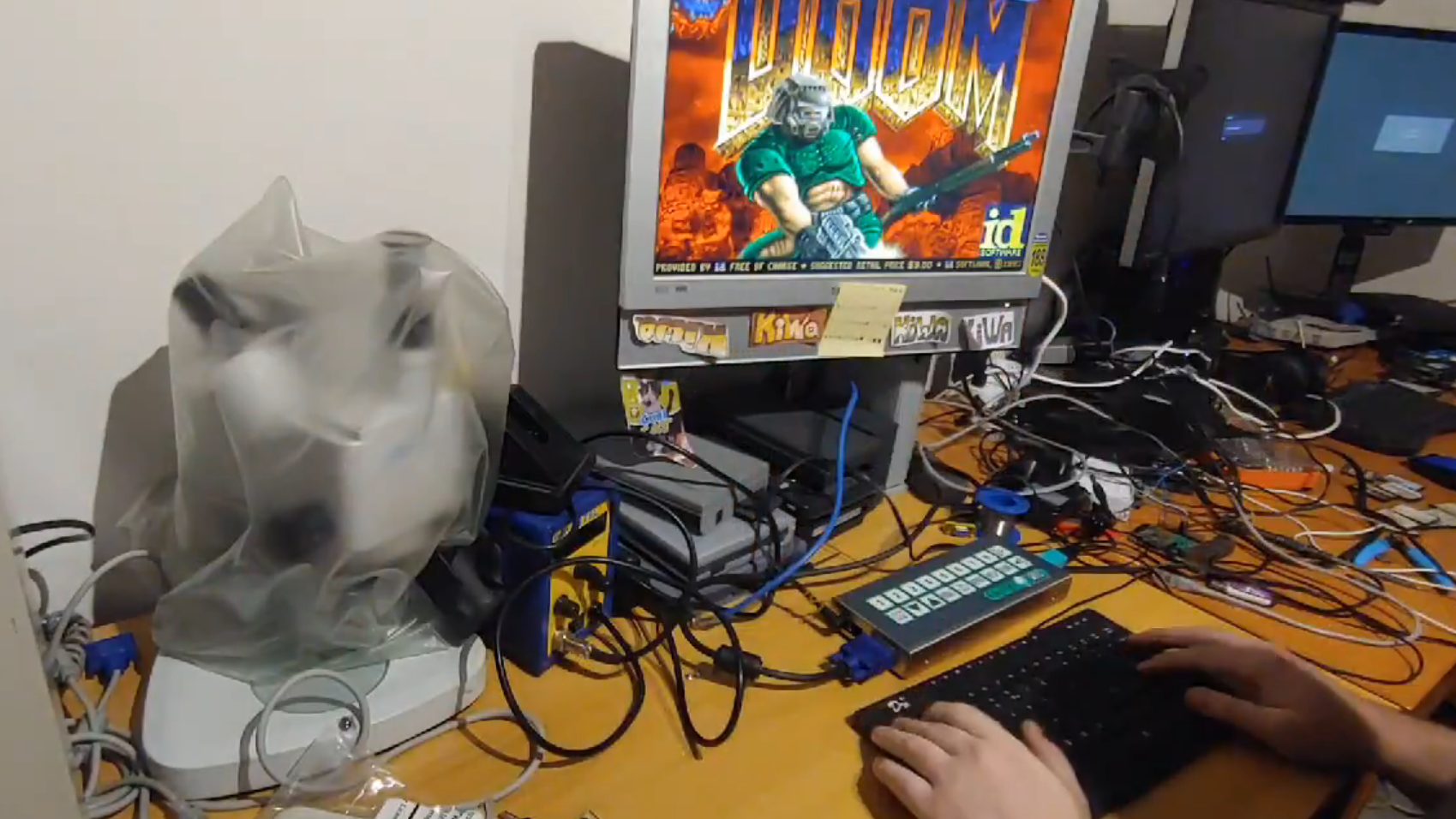 A
kitchen bump bar
is a long, narrow strip of material that is typically mounted on the wall or under a cabinet in a kitchen. It is equipped with a series of buttons or touchpads that are used to communicate orders from the kitchen to the serving staff. These buttons can be customized to represent different dishes or drinks, making it easy for the kitchen staff to keep track of orders and ensure accuracy. The
bump bar
also features a display screen that shows the order details, such as table number and special requests, allowing for clear communication between the kitchen and the front of house.
A
kitchen bump bar
is a long, narrow strip of material that is typically mounted on the wall or under a cabinet in a kitchen. It is equipped with a series of buttons or touchpads that are used to communicate orders from the kitchen to the serving staff. These buttons can be customized to represent different dishes or drinks, making it easy for the kitchen staff to keep track of orders and ensure accuracy. The
bump bar
also features a display screen that shows the order details, such as table number and special requests, allowing for clear communication between the kitchen and the front of house.
Benefits of a Kitchen Bump Bar
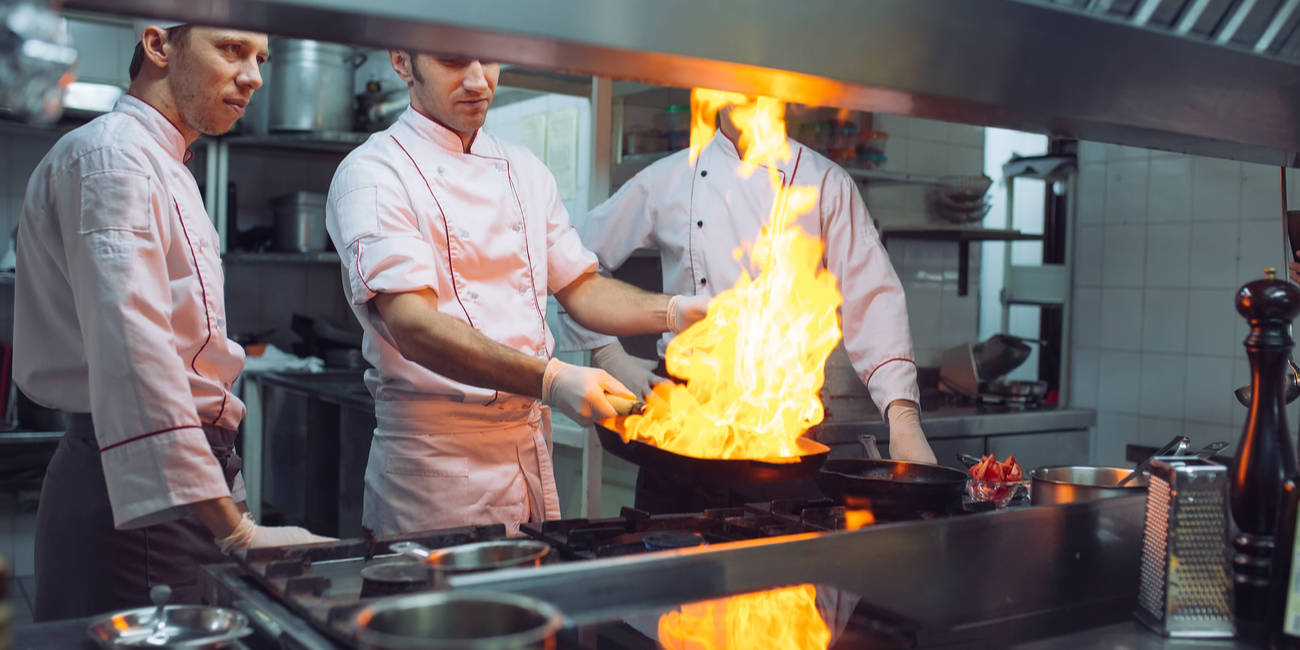 The
kitchen bump bar
offers a multitude of benefits for both the kitchen staff and the serving staff. For starters, it streamlines the communication process between the two teams, reducing the chances of miscommunication and errors. This not only improves efficiency but also enhances the overall dining experience for customers. Additionally, the
bump bar
helps with organization in the kitchen, as it allows for a clear and organized display of orders. This makes it easier for the kitchen staff to prioritize and keep track of orders, resulting in faster service and happier customers.
The
kitchen bump bar
offers a multitude of benefits for both the kitchen staff and the serving staff. For starters, it streamlines the communication process between the two teams, reducing the chances of miscommunication and errors. This not only improves efficiency but also enhances the overall dining experience for customers. Additionally, the
bump bar
helps with organization in the kitchen, as it allows for a clear and organized display of orders. This makes it easier for the kitchen staff to prioritize and keep track of orders, resulting in faster service and happier customers.
Customization Options
 One of the best things about a
kitchen bump bar
is its versatility and customization options. Depending on the needs of the kitchen, the buttons and touchpads can be arranged in a way that makes the most sense for the menu and workflow. For example, a
bump bar
in a sushi restaurant may have buttons for different types of sushi, while a
bump bar
in a cafe may have buttons for different types of coffee drinks. This customization not only makes it easier for the kitchen staff to keep track of orders, but also adds a personalized touch to the kitchen design.
In conclusion, a
kitchen bump bar
may seem like a small and insignificant element in kitchen design, but it can have a significant impact on the efficiency and organization of a restaurant. By streamlining communication and offering customization options, it is an essential tool for any well-designed kitchen. So, the next time you're dining out, take a moment to appreciate the
bump bar
and the role it plays in ensuring a smooth dining experience.
One of the best things about a
kitchen bump bar
is its versatility and customization options. Depending on the needs of the kitchen, the buttons and touchpads can be arranged in a way that makes the most sense for the menu and workflow. For example, a
bump bar
in a sushi restaurant may have buttons for different types of sushi, while a
bump bar
in a cafe may have buttons for different types of coffee drinks. This customization not only makes it easier for the kitchen staff to keep track of orders, but also adds a personalized touch to the kitchen design.
In conclusion, a
kitchen bump bar
may seem like a small and insignificant element in kitchen design, but it can have a significant impact on the efficiency and organization of a restaurant. By streamlining communication and offering customization options, it is an essential tool for any well-designed kitchen. So, the next time you're dining out, take a moment to appreciate the
bump bar
and the role it plays in ensuring a smooth dining experience.









